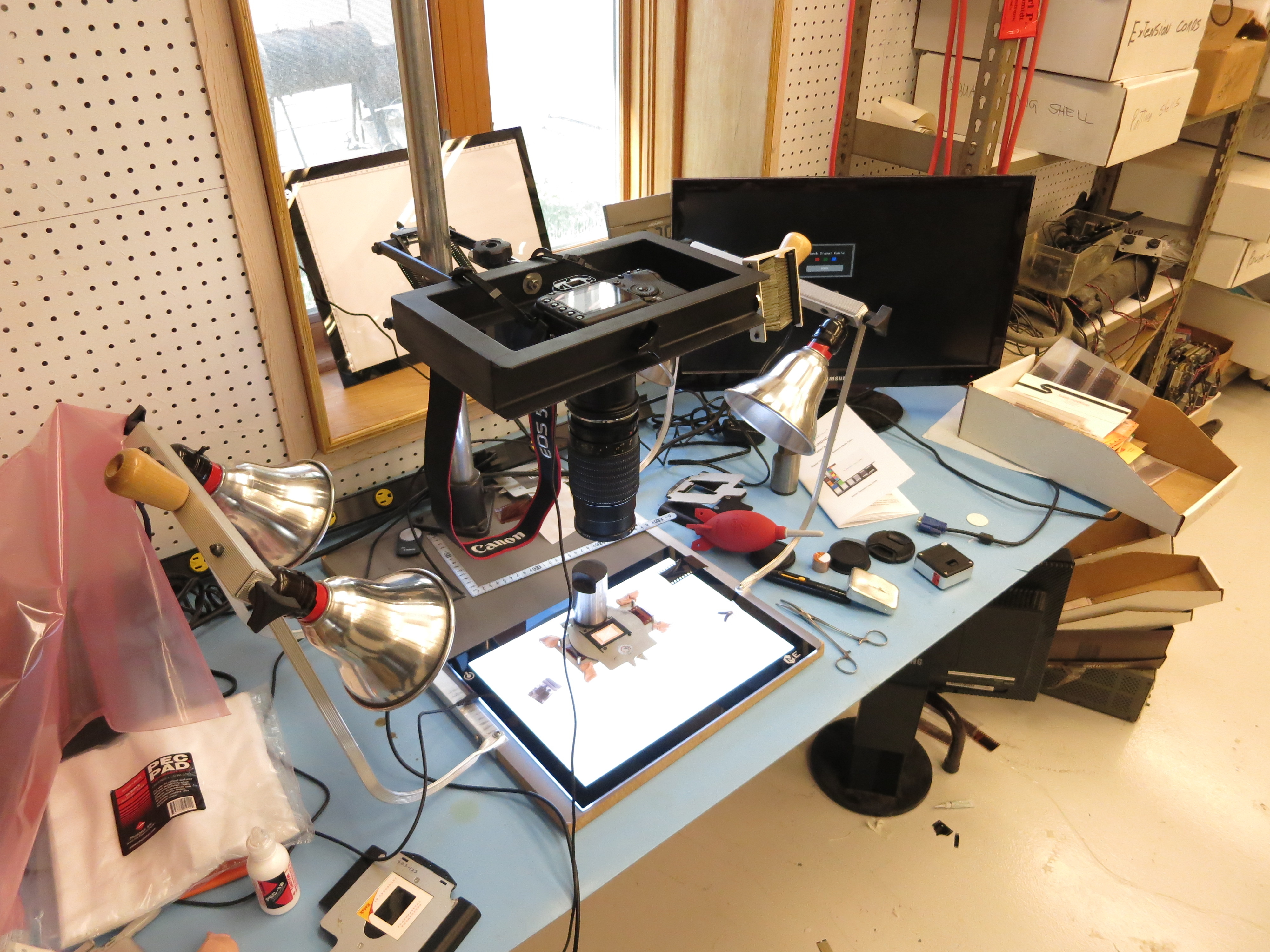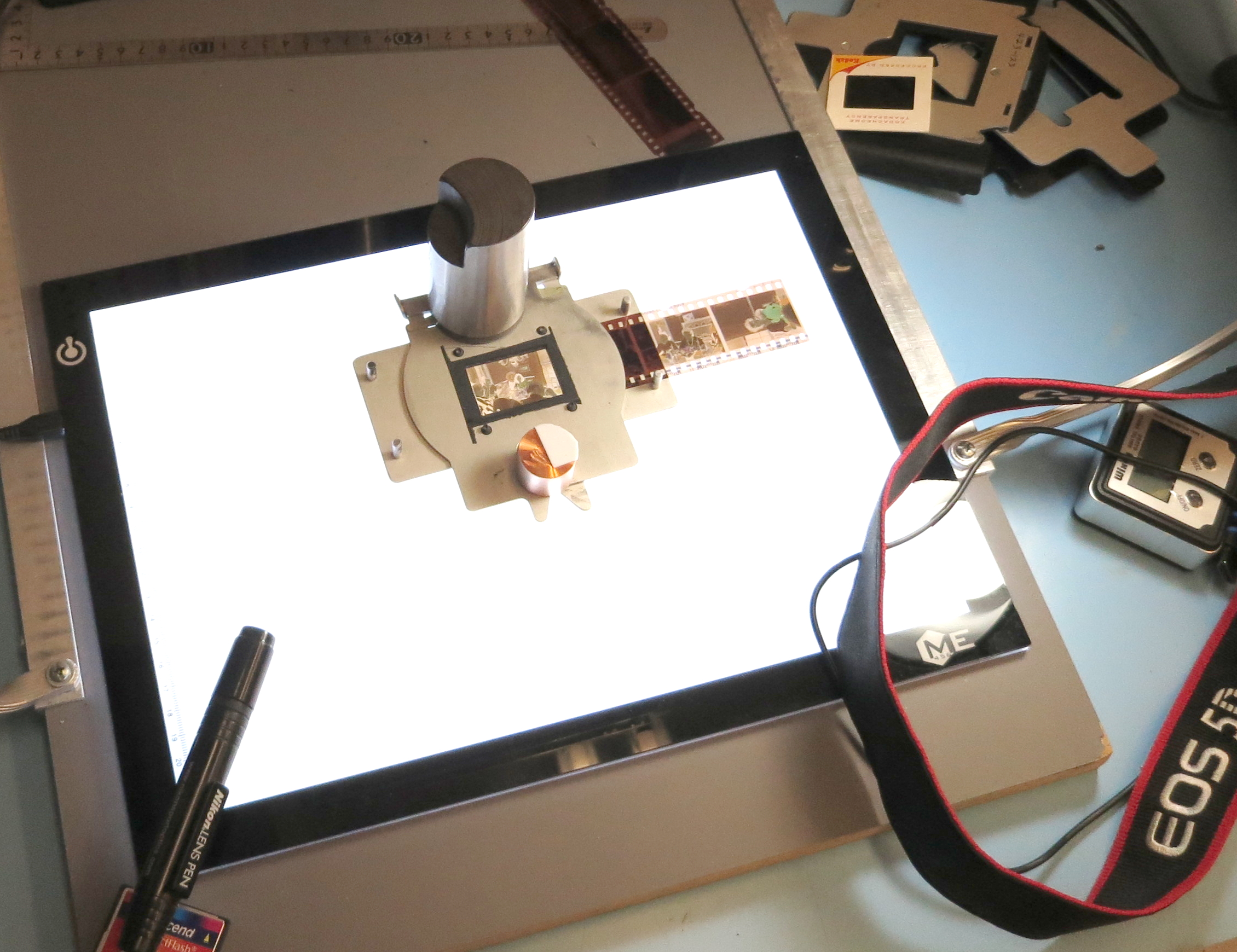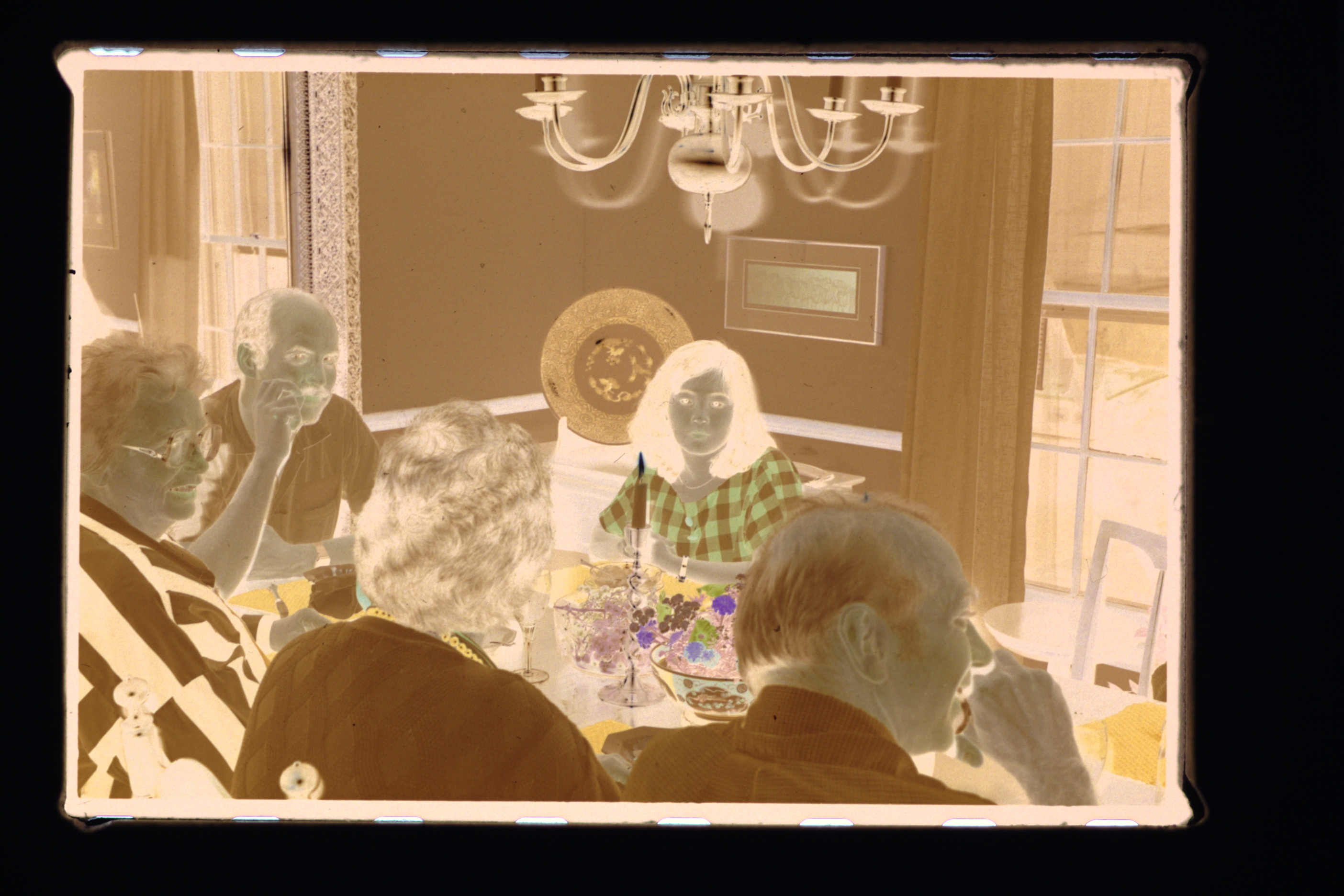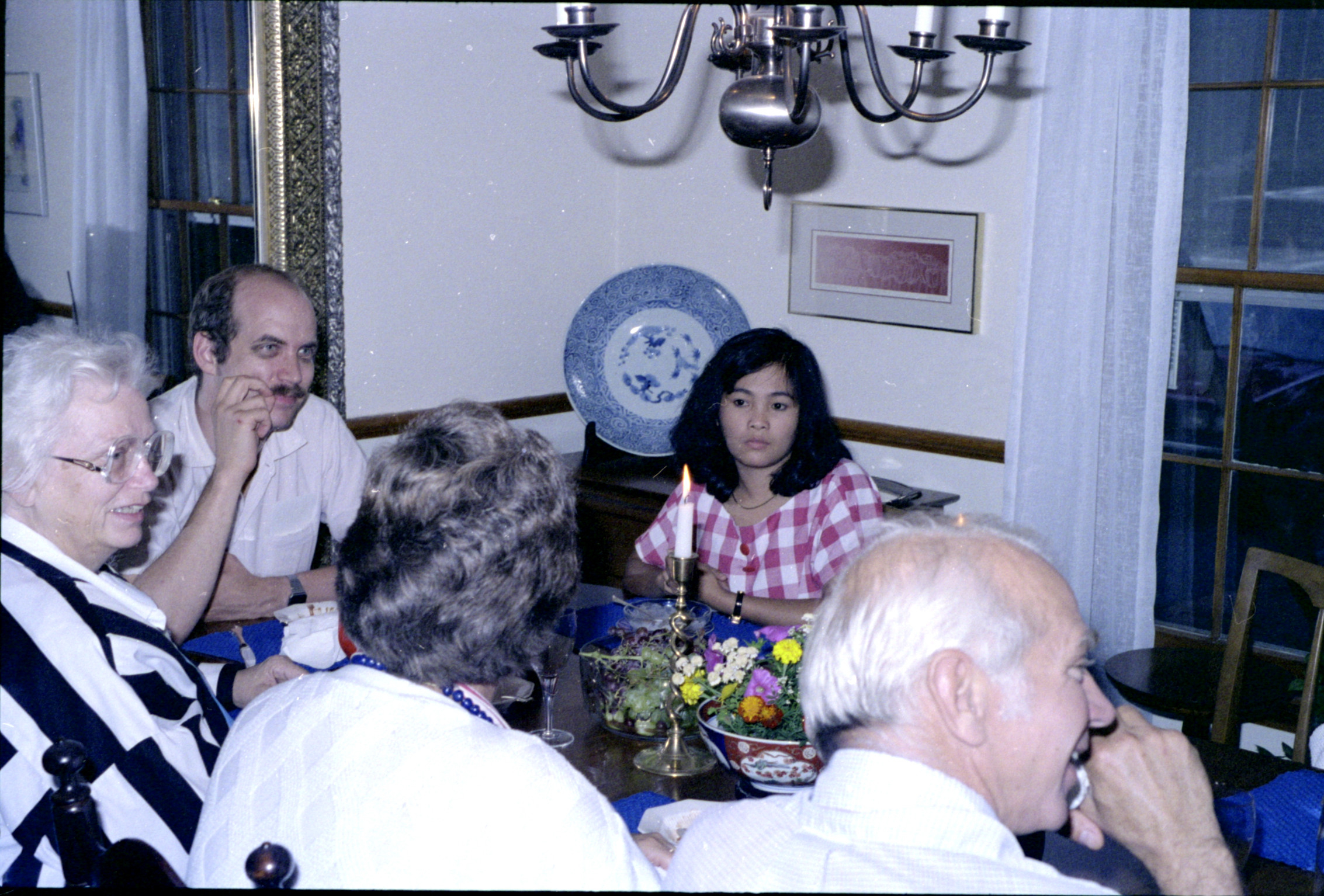This information HAS errors and is made available WITHOUT ANY WARRANTY OF ANY KIND and without even the implied warranty of MERCHANTABILITY or FITNESS FOR A PARTICULAR PURPOSE. It is not permissible to be read by anyone who has ever met a lawyer or attorney. Use is confined to Engineers with more than 370 course hours of engineering.
If you see an error contact:
+1(785) 841 3089
inform@xtronics.com
Scanning is best done today with a high quality camera - such as a Canon D5 and a macro-lens (such as a Mamiya 645 120mm f4.0 A Macro lens with the appropriate adapter and extension tubes). The camera has much more dynamic range than the films and prints and with a proper copy stand and lights (and USB light table) the job goes fast.
The best LED lamps for this today are probably the Cree Daylight 40W 5000K - CRI of 85+.
Polarizing filters over the lamps and perhaps a circular polarizer for the lens may help with some media.
Holding curled prints flat can be done with post it bulletin board material.
Holding the film flat is a job for negative holders from old enlargers.
120/220/620 films were 60mm wide - 56mm × 67mm 56mm × 84mm quite popular
C41 film has a orange/coral/salmon color that needs to be dealt with.
Flat bed scanners and film scanners are slow and for what ever reason, don't do as good a job. Instead I use the following equipment.


You will need to take a negative and score an 'X' on the emulsion side to locate the exact center. Using this center, it is possible to line it up with the center mark in the camera view finder. This lets the cropping location remain consistent.
Once everything is set up and aligned it is possible to do a frame ever second or so.
I use ufraw to crop and create the initial 16-bit PNG

Then with some software scripts we get a positive:

Really takes special equipment - and many of the popular scanning companies need to be avoided. Old films get brittle and are delicate - using sprocket drive can damage them.
The right equipment uses sprocket-less drive - digitizes everything - and looks at the sprocket holes in software to do perfect framing. This is not a DIY job because of the equipment cost and 'rigging something up' can result in destruction of your film.
| Top Page | wiki Index |
(C) Copyright 1994-2019
All trademarks are the property of their respective owners.